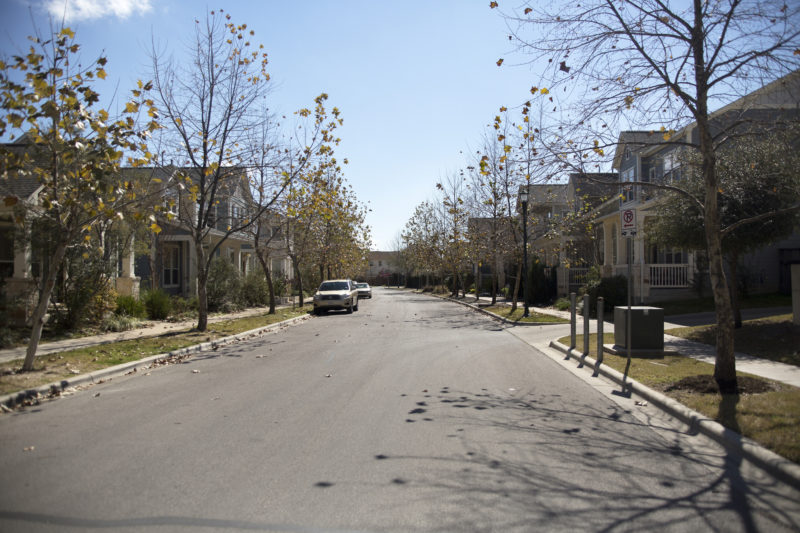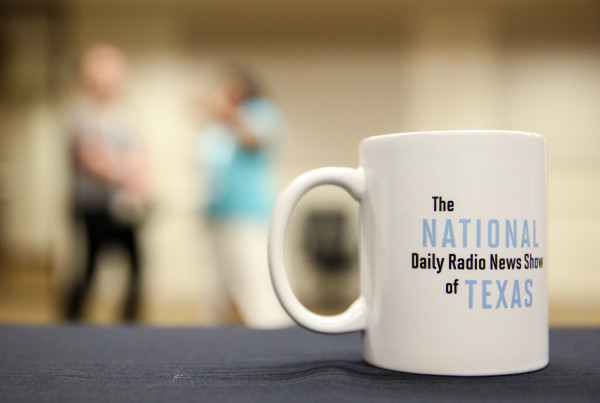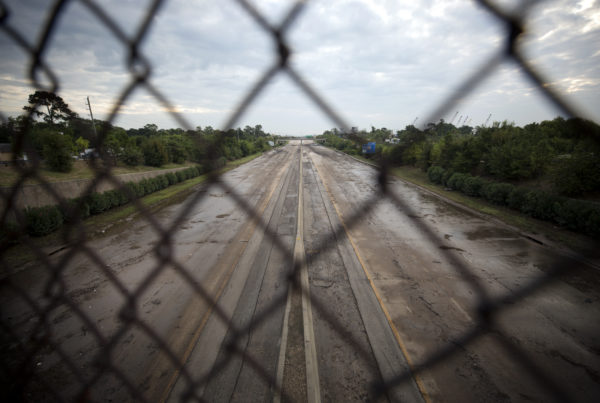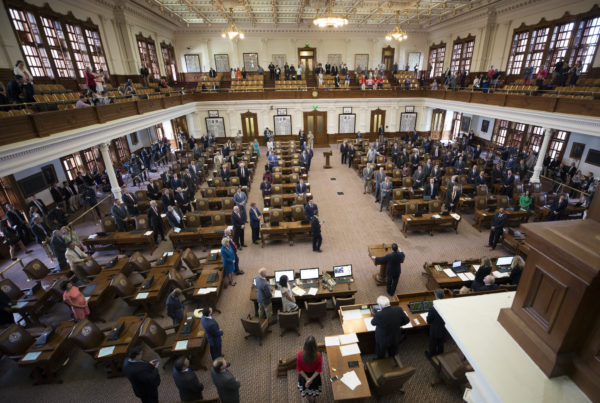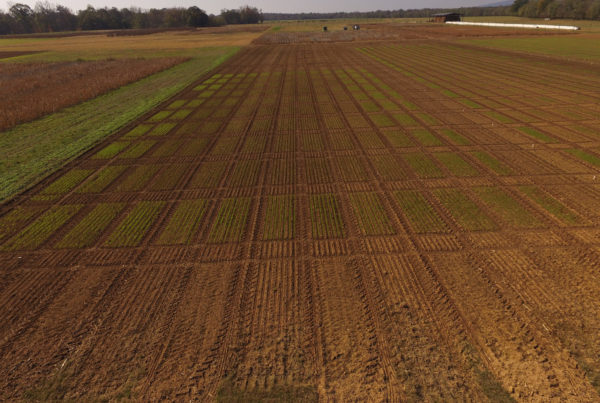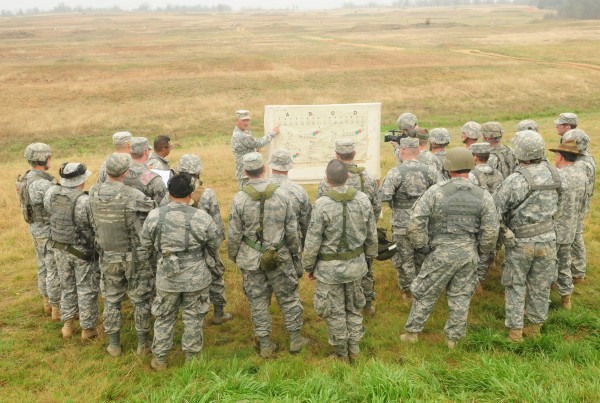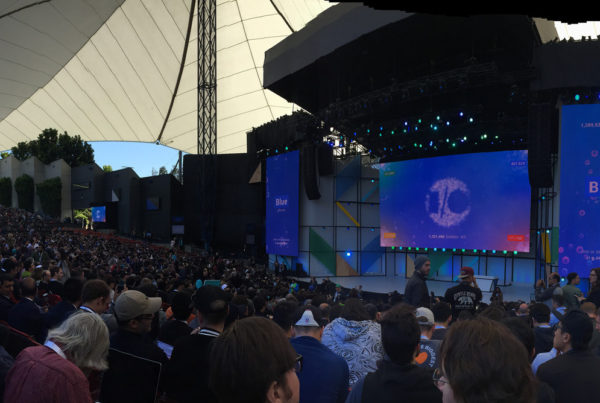Nearly everyone in the U.S. aspires to be part of the middle class. But as The Houston Chronicle’s Chris Tomlinson asks in a recent column, what does it mean to be middle class, anyway? Tomlinson says the idea of the middle class is a very American one.
“The middle class is what’s made America special,” he says. “We had a lot of people, the majority of our nation, who fit kind of in the middle. And that allowed for a kind of economic unity, a political unity, a social unity, that a lot of countries don’t have.”
He says that unlike other countries, the U.S. hasn’t experienced large-scale conflicts between rich and poor citizens.
Defining the middle class, especially in a country where so many people aspire to be in it, or who think they are, regardless of their financial situation, is a challenge when trying to understand the term. Tomlinson says the broadest definition of middle class income ranges from $46,000 per year for a household of three, all the way up to $230,000 in annual income. Tomlinson says a narrower definition makes more sense.
“It looks at people who make 75 percent of the median income, up to 125 percent of the median income,” he says. “And that’s a pretty tight range, of $52,000 a year, up to $87,000 a year.”
Alarms about the decline of the middle class have been sounding since 1984, though widespread use of the term income inequality is far more recent. The decline of trade unions, the rise of technology-intensive jobs, and greater reliance on imported goods have all contributed to the shrinking of the middle class. In 1987, 28 percent of Americans fell into the narrower definition of the middle class Tomlinson describes. Today, it’s 23 percent.
On the other hand, it’s possible that the heyday of the middle class in the period after World War II could have been an anomaly. In the future, the U.S. could look entirely different – composed of large numbers of poor people, a few rich people, and a much-diminished middle class.
Written by Shelly Brisbin.


